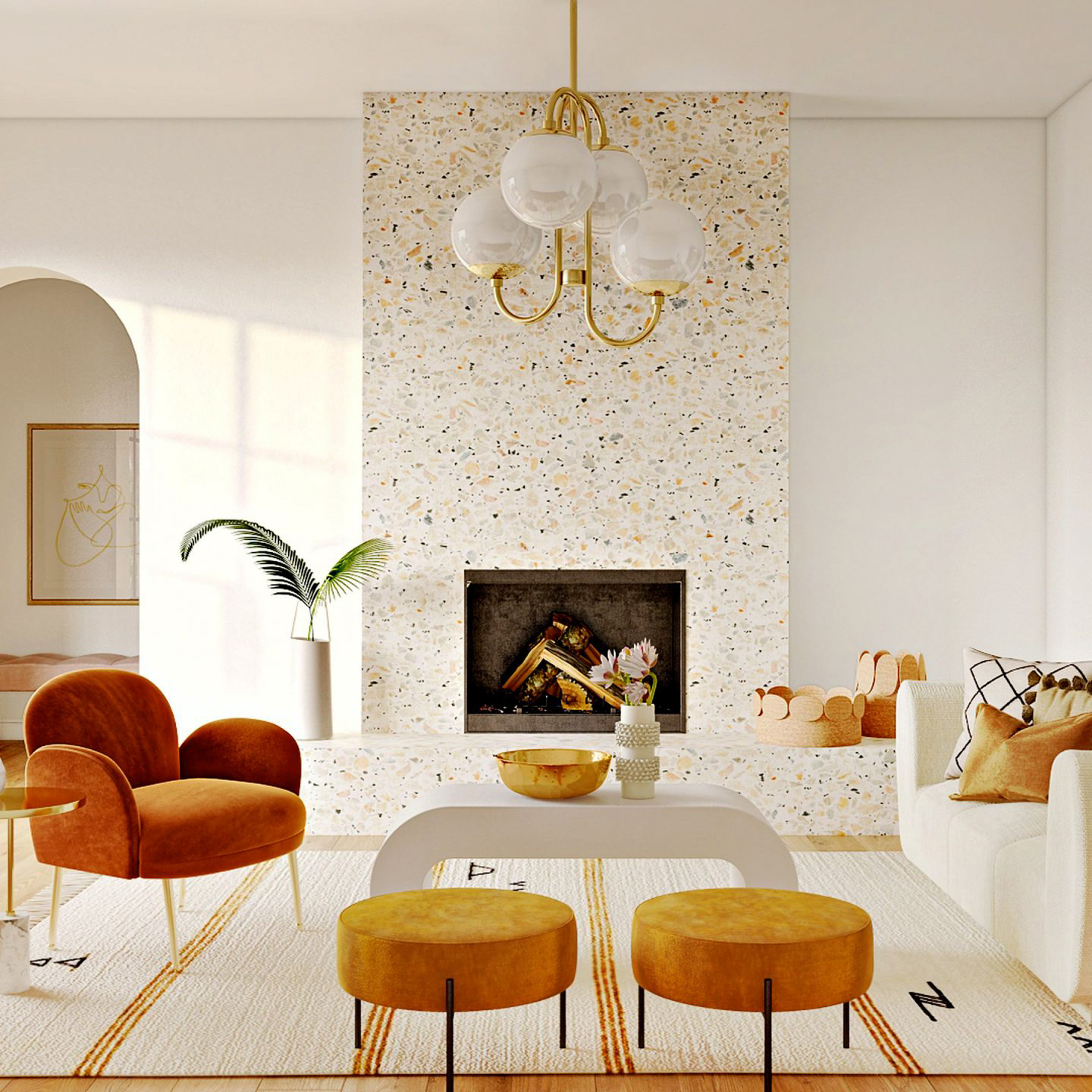
Enhancing Small Dining Spaces: False Ceiling Designs for Functionality and Style
Introduction
In today’s world, where homes are becoming smaller and more compact, it’s important to maximize your space and make the most of it. One area that often gets overlooked is the dining room, which is often a small and cramped space. But there is a solution that can make your small dining room appear more spacious and inviting: False Ceiling Designs. This article will explore the benefits of false ceilings, how they work, and some design ideas that can transform your dining room into a beautiful and functional space.
What is a False Ceiling?
A false ceiling is essentially a secondary ceiling that is suspended from the main ceiling. This type of ceiling is also known as a drop ceiling, suspended ceiling or plasterboard ceiling. False ceilings are created by installing a metal frame or grid system to the existing ceiling and suspending panels or tiles in the grid. These panels can be made from a variety of materials, including gypsum board, plaster, metal or wood.
Advantages of False Ceilings
There are several advantages to installing a false ceiling in your dining room. Firstly, false ceilings help to hide unsightly pipes, electrical wiring and ductwork. This creates a cleaner look and makes it easier to maintain your dining room. Secondly, false ceilings improve the acoustics in the room by reducing sound transmission from the floor above. This is especially useful if you live in a multi-story home or apartment building. Thirdly, false ceilings can be used to create a variety of lighting effects, such as indirect lighting or recessed lighting. This can create a warm and inviting atmosphere in your dining room.
Design Ideas for False Ceilings
False ceilings come in a range of colors, designs and patterns. Here are some design ideas that can enhance the look and feel of your small dining room:
1. Classic White
A classic white false ceiling can make a small dining room appear more spacious and open. This design works well with any color scheme and can be combined with recessed lighting to create a warm and inviting atmosphere.
2. Paneling
Paneling is a popular false ceiling design that involves creating a grid pattern on the ceiling. This design can be created in a variety of materials, such as wood or metal. Paneling can add depth and texture to your dining room and works well with a modern or minimalist design.
3. Geometric Patterns
Geometric patterns can add a contemporary touch to your dining room. This design can be created by using tiles in different shapes and sizes. Geometric patterns work well with a monochromatic color scheme and can be combined with indirect lighting to create a visually stunning effect.
4. Coffered Ceilings
Coffered ceilings feature a grid pattern with recessed panels. This design can add depth and sophistication to your dining room. Coffered ceilings work well with a traditional or classic design and can be combined with pendant lighting to create an elegant atmosphere.





